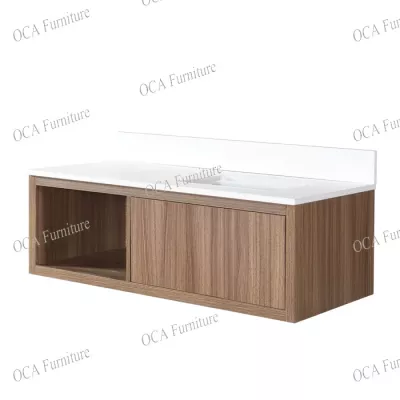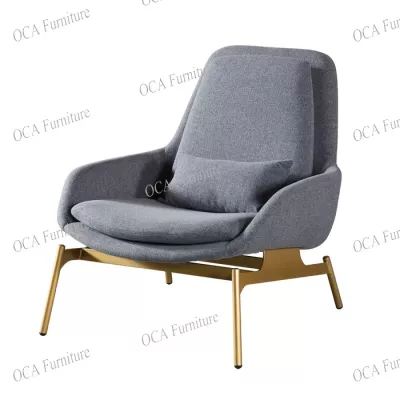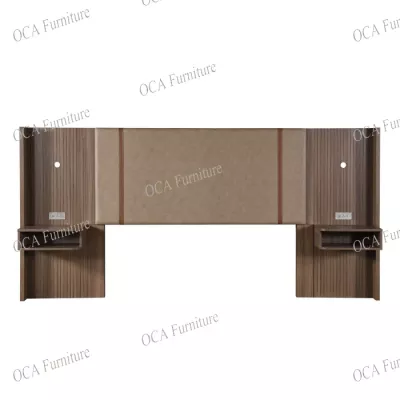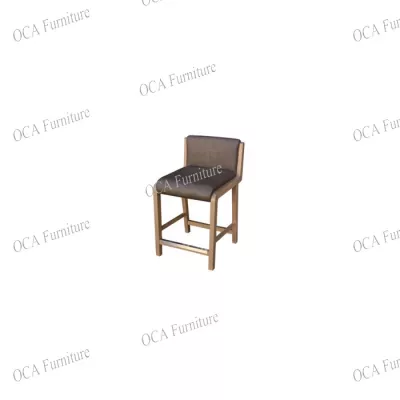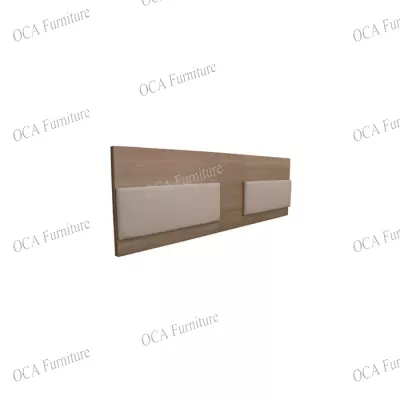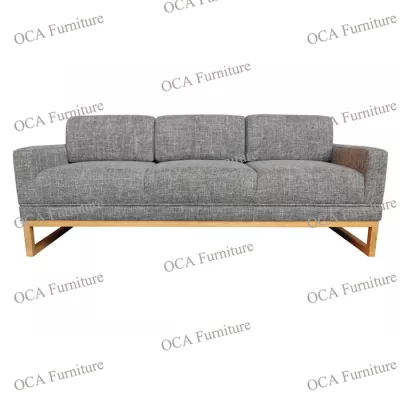In solid wood furniture, wood is an indispensable part. The wood used in the project is mainly taken from the trunk of the tree, Wood has been a major building material since ancient times ,because it is easy to obtain and process.
So, how much do you know about the technical terms of wood?

1st: Density
Density is based on wood drying to standard moisture content. At the same time, density is also related to hardness, strength and ease of application.
Wood generally has a moisture content of 60%. After drying, the moisture content is generally 12% in the north and 15% in the south. Experts generally use the face to measure the water content, and the online error is 2%.


2nd:Durability
Actually the durability of wood is corrosion resistance, which is very important for whether it can be used outdoors.
Some woods are particularly susceptible to insects, while others are resistant to insects.
The natural durability of wood is mostly measured based on wood in primary or secondary forests. Primary forest can be simply understood as primeval forest.
For the same tree species, the natural durability of secondary forests is generally worse than that of primary forests.
The natural durability of fast-growing wood planted in plantation forests is worse than that of secondary forest woods. In other words, the natural durability of fast-growing wood of the same tree species is worse than slow-growing wood

3rd:Grain
The manifestation of the arrangement direction of axial molecules (such as wood fibers, tracheids, and vessels) in wood. It can be divided into straight texture, oblique texture, spiral texture, wave texture and interlaced texture.
The knots in the wood itself tend to destroy the smoothness of the texture.
Among them, dead knots are formed when the branches die during the growth process and the fiber connection is interrupted. It will greatly reduce the strength of the wood. Special attention should be paid when selecting and using it.
Soft knot means that the texture of the knot is looser than the surrounding wood, which will also reduce the strength of the wood. However, compared with the two, the soft knot and the wood have a close structure and normal fiber structure, which generally does not affect the effect of use.
Special attention should also be paid to the abnormal arrangement of some wood fibers, such as tilting and twisting.


4th:Texture
The size of the cell tube holes and rays of wood, usually rough texture will have larger cell tube holes, which should be caulked during surface treatment

5th: Core
The non-functional wood in the middle of the trunk is called the heartwood. Its color is darker than sapwood, more durable and resistant to insects.
Observed from the cross section of the tree or the end of the log, the wood can be divided into 4 parts (macroscopically): the outermost layer is the bark, the most central part is the pith (commonly known as the core), and the surrounding pith It is the heartwood, and the edge of the bark from the heartwood is sapwood.
Heartwood is transformed from sapwood. With the physiological aging of trees, part of the sapwood is transformed into heartwood.
The macroscopic structure of heartwood varies greatly. The heartwood of most woods has a darker color and less moisture, which can be distinguished by naked eyes.


6th:Sapwood
Sapwood is when the tree is still alive, these tissues can transport water, minerals and store food. The thickness of sapwood varies greatly due to different species. The outer, relatively soft part of the trunk.
The macroscopic structure of sapwood has little variation. Most wood sapwood has lighter color and more moisture, which can be distinguished by eyes.

7th:Wood shot line
Wood rays are vascular rays located in the secondary xylem within the cambium, and play the role of lateral transport and storage of nutrients in the wood.
In the cross section of the wood, the wood rays that are perpendicular to the growth ring of the wood and arranged in a radial pattern can be seen. The color is often lighter and brighter than other parts.
When working on site, the width of the wood beam can also be flexibly divided into the following three types:
Fine wood rays-the width of the rays is below 0.05mm, and the characteristic is that they are not visible to the naked eye, that is, the first-level rays.
Medium wood ray-the width of the ray is 0.05~0.2mm, and it is characterized by being visible to the naked eye, including the second and third two-level widths.
Wide wood ray-the width is more than 0.2mm, the characteristic is that it is clear to the naked eye, including the width of the fourth and fifth levels.
As a material that has been used by mankind for thousands of years, wood is more important than steel and cement. It has been accompanied by mankind's use of wood from low-level primitives to advanced stages of mechanical and chemical processing.
Human civilization has entered a highly developed civilized society from primitive society. It is not only our means of living but also a means of production.
















